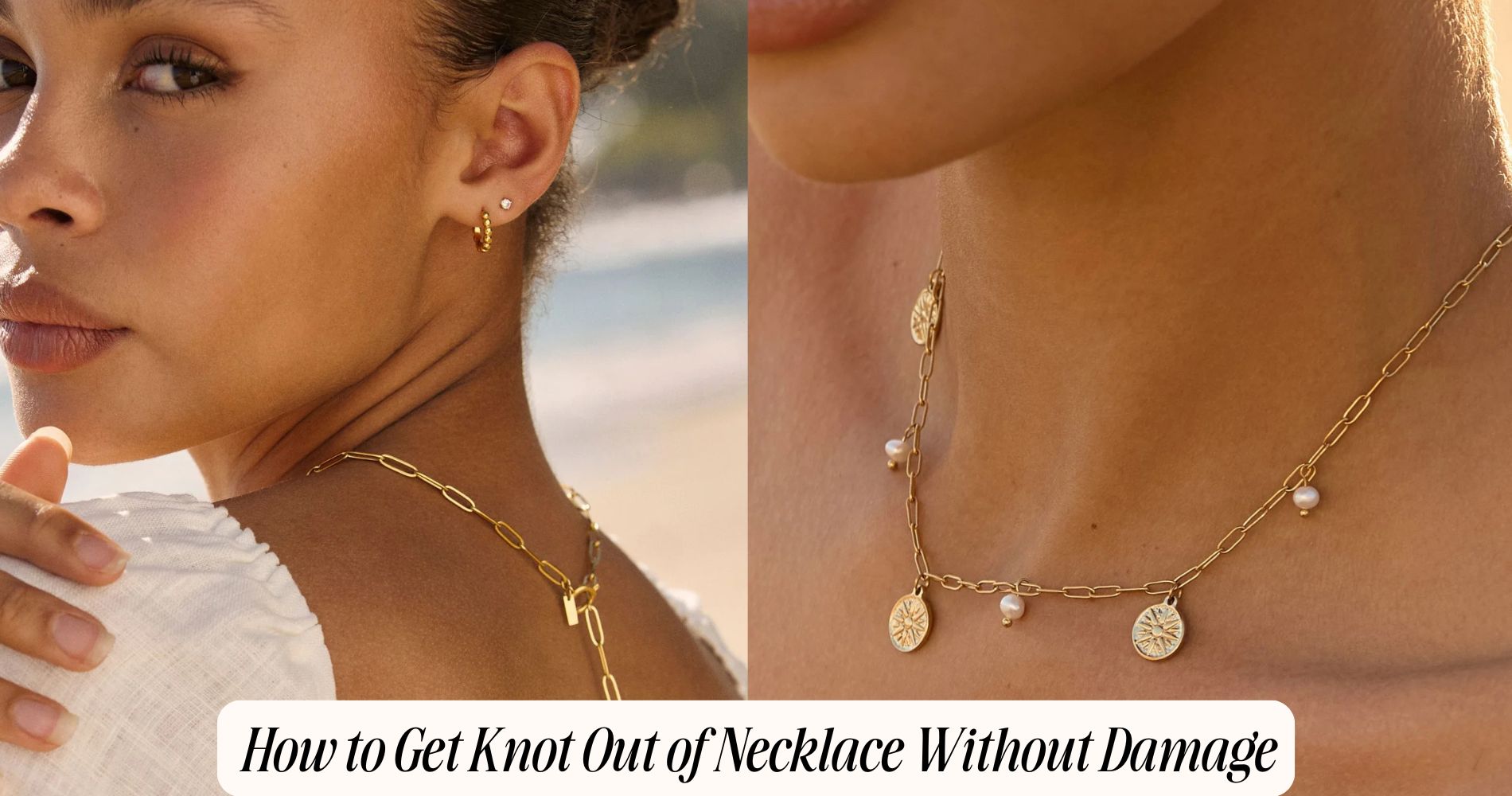
How to Get Knot Out of Necklace Without Damage
Learning how to get knot out of necklace starts with assessing the knot’s severity, noting tight spots, and understanding its complexity. Use fine-tipped tweezers and a sewing needle to carefully untangle, and apply a drop of baby oil to reduce friction. Working on a clean, soft cloth with ample lighting ensures precision, while a magnifying glass helps with intricate knots. To avoid future tangles, store necklaces separately in individual compartments within a jewelry box. Discover more expert techniques to untangle with ease and explore our chunky gold necklace collection for timeless designs worth protecting.
Assess the Severity of the Knot
Begin by carefully examining the knot to determine its complexity. Identify the knot types involved, as different knots exhibit varying characteristics.
Look for single loops, multiple intertwines, or any compact formations that can indicate higher knot severity. Understanding the knot's structure is essential; a simple overhand knot differs markedly from a complex clove hitch.
Assess knot severity by evaluating how tightly the strands are intertwined and checking for any layered knots that may complicate the untangling process.
Pay attention to the necklace's material, as delicate chains demand a more cautious approach. Note any sections where the knot appears tighter or more intricate, requiring a strategic plan to untangle without causing damage.
This precise assessment lays the groundwork for effective resolution.
Gather the Right Tools
To effectively untangle a knotted necklace, equip yourself with the appropriate tools.
Begin by focusing on precise tool selection to guarantee successful results. Essential supplies include a pair of fine-tipped tweezers, which allow you to carefully manipulate the chain without causing damage. A sewing needle or straight pin is also essential, as it enables you to gently loosen tight knots. A magnifying glass can enhance your visibility, making the intricate work easier.
Additionally, consider using a small, shallow dish to contain your necklace, preventing further entanglement. Light machine oil or baby oil may be required to lubricate stubborn knots.
Prioritize these tools to streamline the process and maintain your necklace's integrity, guaranteeing a smooth and effective untangling experience.
Prepare Your Workspace
A clean, well-lit table serves as the foundation for your workspace when untangling a knotted necklace.
Begin by removing any clutter to enhance workspace organization, guaranteeing you can focus solely on the task. Use a soft, white cloth as your base; it provides contrast against the necklace, making the knot more visible and aiding in knot prevention during the untangling process.
Arrange your tools—such as tweezers and pins—within easy reach, but make sure they’re not obstructing your view or movement. Good lighting is essential; an adjustable lamp can minimize shadows, providing clear visibility of intricate details.
Apply Lubrication for Easier Untangling
With your workspace prepared, enhance the untangling process by applying a suitable lubricant. Select oil options like baby oil, olive oil, or mineral oil, confirming they’re safe for the necklace material.
Dab a small amount onto a cotton swab or your fingertip and gently apply it to the knot. The lubrication benefits are twofold: it reduces friction and softens the fibers, allowing the knots to loosen more readily.
Be careful not to overapply, as excess oil could make handling cumbersome. Verify the lubricant is evenly distributed to maximize its efficiency.
Use a Pin or Needle for Precision
When tackling stubborn knots in a necklace, a pin or needle becomes an indispensable tool for precision. The pin technique involves gently inserting the pointed end into the tightest part of the knot. This allows you to isolate specific strands without applying excessive force.
Employ needle precision by carefully maneuvering the tool to create small openings within the tangled area, making it easier to tease apart the intertwined chains. Guarantee your movements are deliberate and controlled, preventing accidental damage to delicate links. Use a magnifying glass if necessary to enhance visibility.
Work on the Knot Gently and Patiently
Begin by evaluating the knot with a keen eye, ensuring you understand how the chains are intertwined. This analysis is vital for selecting the appropriate gentle techniques.
Start by laying the necklace on a flat surface to stabilize it. Use your fingers to gently manipulate the chain, applying minimal pressure to avoid damage. A patient approach is essential; rushing can exacerbate the knot or break the chain.
Employ a delicate touch when loosening the strands, and consider using a fine tool like a needle to help separate the chains. Gradually work the knot apart, ensuring each movement is deliberate and controlled.
Utilize Gravity to Your Advantage
Gravity can be a helpful ally in your quest to untangle a stubborn knot. Start by suspending the necklace vertically, allowing gravity techniques to influence the necklace's position. This approach exploits knot physics, letting gravity gently pull the chain strands downward.
With the necklace hanging, observe how gravity naturally aligns and separates the links, which can loosen the knot’s tension.
Secure the necklace’s clasp to a stable surface, like a table edge, to maintain vertical alignment. Apply gentle, controlled movements to the knot. Use a fine needle to tease apart the strands, working with gravity’s pull.
Employ a Magnifying Glass for Better Visibility
To enhance your ability to untangle a necklace knot, consider employing a magnifying glass for superior visibility. This tool considerably aids in magnifying techniques, allowing you to examine the intricate details of the knot. With improved visibility, you can identify the strands' paths more clearly, reducing the risk of pulling them incorrectly.
Position the magnifying glass so that it provides ideal illumination and clarity. Make certain the light source is adequate; natural light is often perfect. By improving visibility, you minimize strain on your eyes, allowing you to focus more effectively on the task.
Utilizing this approach not only enhances precision but also speeds up the untangling process, making it less frustrating and more efficient, guaranteeing your necklace remains undamaged.
Detangle One Section at a Time
Tackling a tangled necklace requires attention to detail, and it’s crucial to detangle one section at a time. Start by identifying the knot types involved—simple, slip, or complex knots.
Focus on one area of the tangle and apply precise detangling techniques. Gently tease apart the knots using your fingers or a fine-point tool such as a needle or safety pin. This method allows you to maintain control and avoid tightening other sections of the necklace.
Work methodically, observing each knot's structure. Avoid pulling too hard, which can cause damage. Instead, manipulate the chain with small, controlled movements.
Patience is key; rushing may exacerbate the tangle. By concentrating on one section at a time, you’ll systematically unravel the entire necklace without inflicting harm.
Prevent Future Tangles With Proper Storage
Proper necklace storage is essential to prevent future tangles. Invest in specialized necklace organizers designed to keep chains separated. These organizers feature hooks or compartments that facilitate tangle prevention by keeping each necklace isolated.
Alternatively, use a jewelry box with individual compartments or slots. Guarantee the box is lined with a soft material to avoid scratching delicate pieces. When using a jewelry box, lay necklaces flat or hang them if the design allows. Incorporate anti-tarnish strips to maintain the metal's integrity over time.
For travel, use travel-sized jewelry cases with specific slots for necklaces, ensuring they remain untangled even in transit. By using proper storage solutions, you safeguard your jewelry against knots and damage, preserving their beauty and longevity.
Frequently Asked Questions
How Can I Avoid Damaging Delicate Gemstones While Untangling?
Gently hold the necklace near the knot to minimize tension on delicate gemstones. Use a pin to carefully tease out knots, maintaining gemstone care. To practice knot prevention, store necklaces separately and avoid tight spaces.
What Are Alternative Methods if I Lack Proper Tools?
Use DIY untangling techniques by employing a sewing needle or safety pin to loosen knots. Apply alternative lubrication options like baby oil or dish soap to ease the process. Make certain you work gently to prevent damage.
Can I Use Household Items as Substitutes for Lubrication?
Yes, you can use household items as substitutes for lubrication. Household oils like olive or baby oil are effective lubrication alternatives. Apply a small amount to the knot, gently work it, and avoid over-saturating.
How Do I Handle Knots in Multi-Strand Necklaces?
Gently separate each strand to identify the knot's core. Use a pin to loosen it. For knot prevention, store necklaces flat or clasped. Multi-strand care includes checking for tangles regularly and avoiding tight storage spaces.
Are There Professional Services for Untangling Complex Knots?
Yes, you can seek professional assistance for untangling complex knots in necklaces. Jewelry repair experts possess specialized tools and techniques to safely address intricate tangles, ensuring your piece remains undamaged throughout the process.
Conclusion
By systematically addressing each step, you've effectively untangled your necklace without causing damage. Using the right tools and workspace preparation, you've minimized risks. Lubrication and precision instruments like a pin or needle enhanced your control. Gravity aided your efforts, while a magnifying glass provided clear visibility. Focusing on one section at a time guaranteed a meticulous approach. To prevent future tangles, always store your necklaces properly, making sure they're ready for wear at any moment.







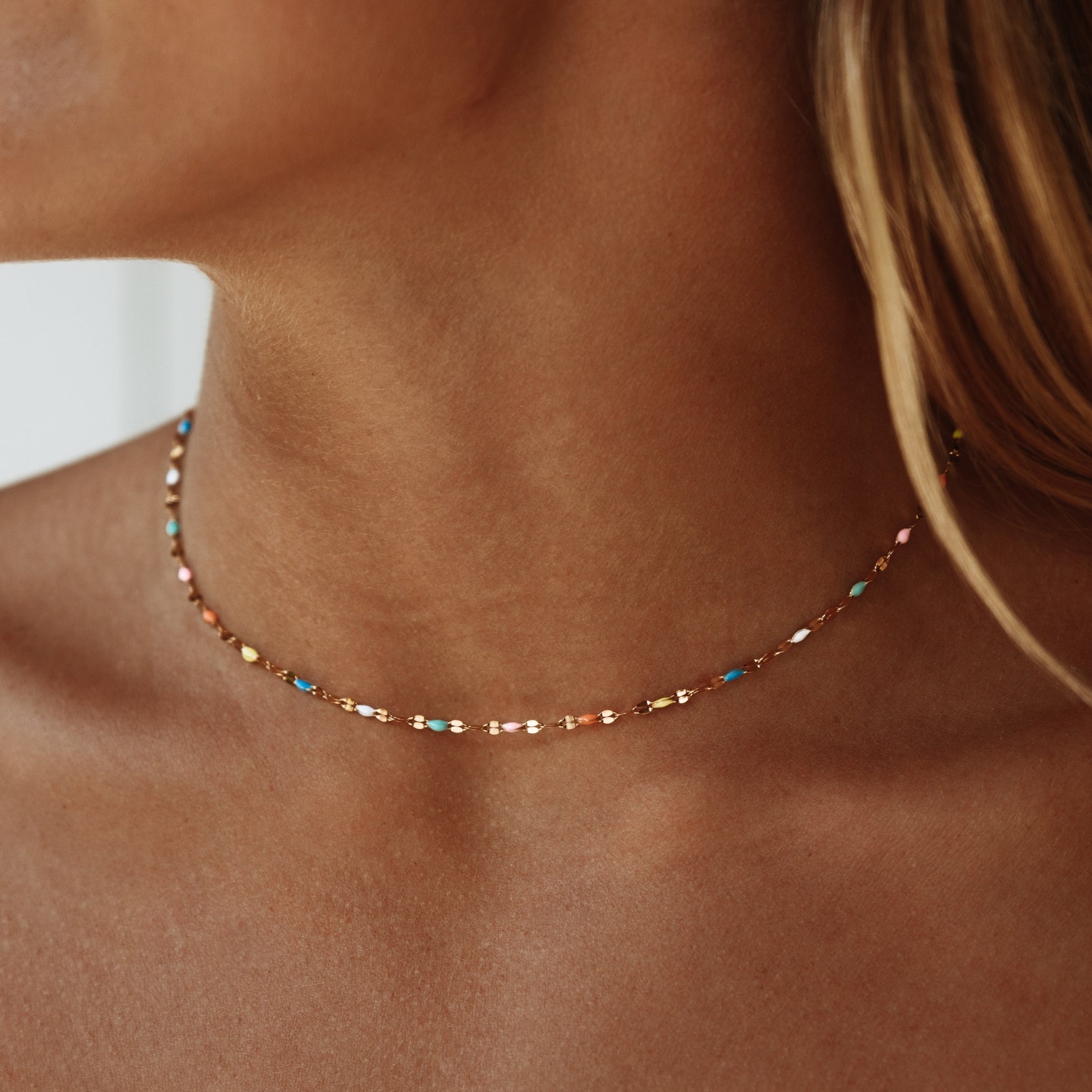
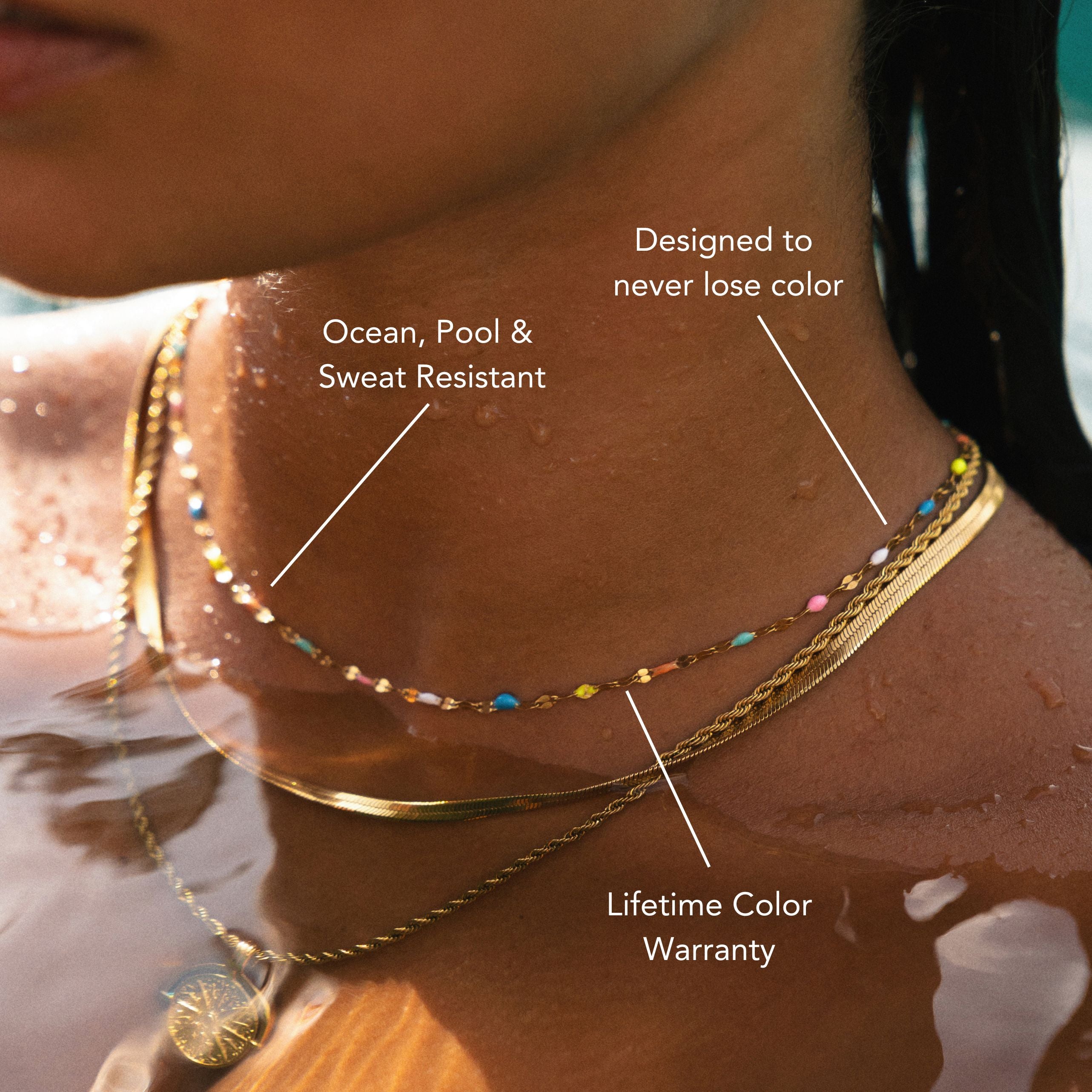
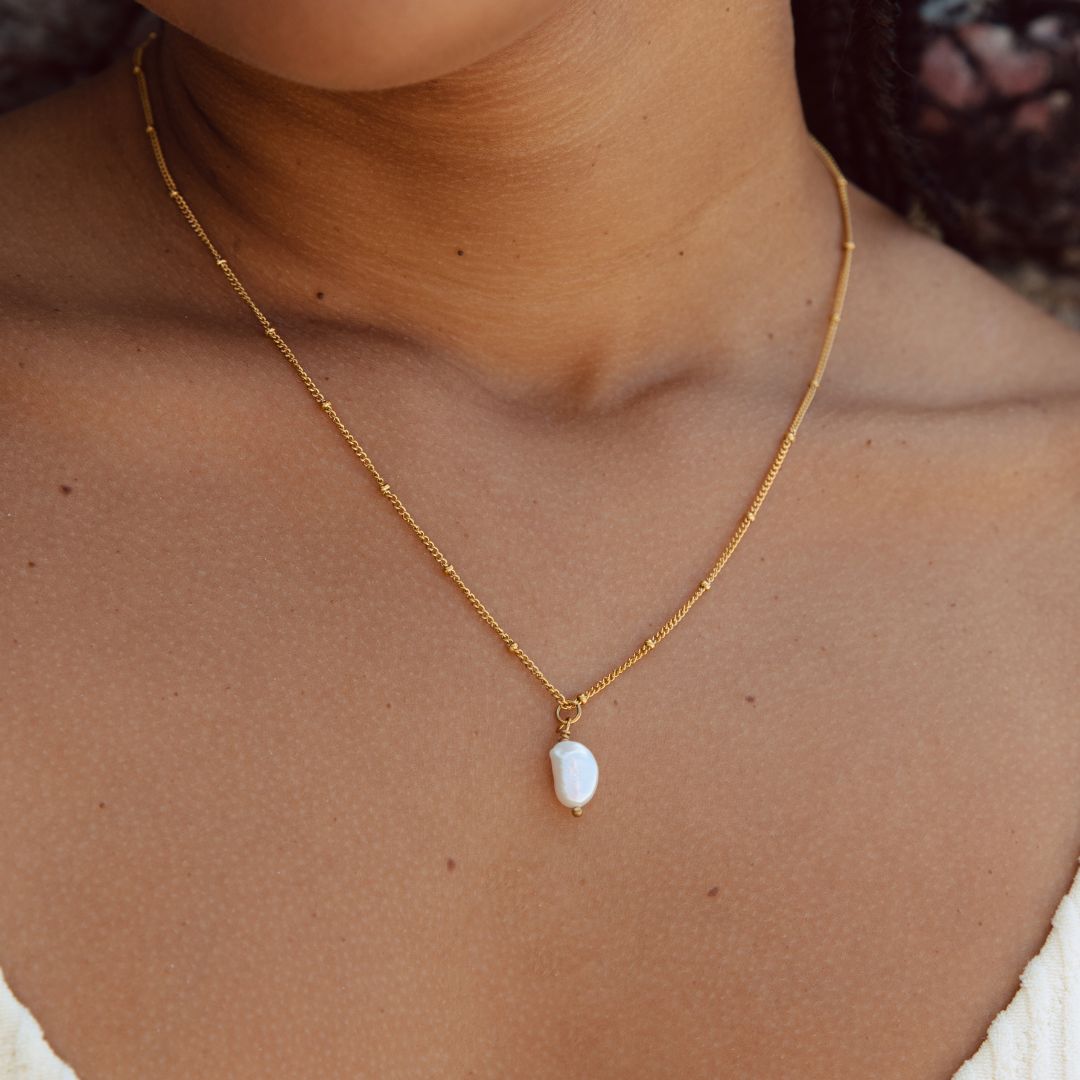

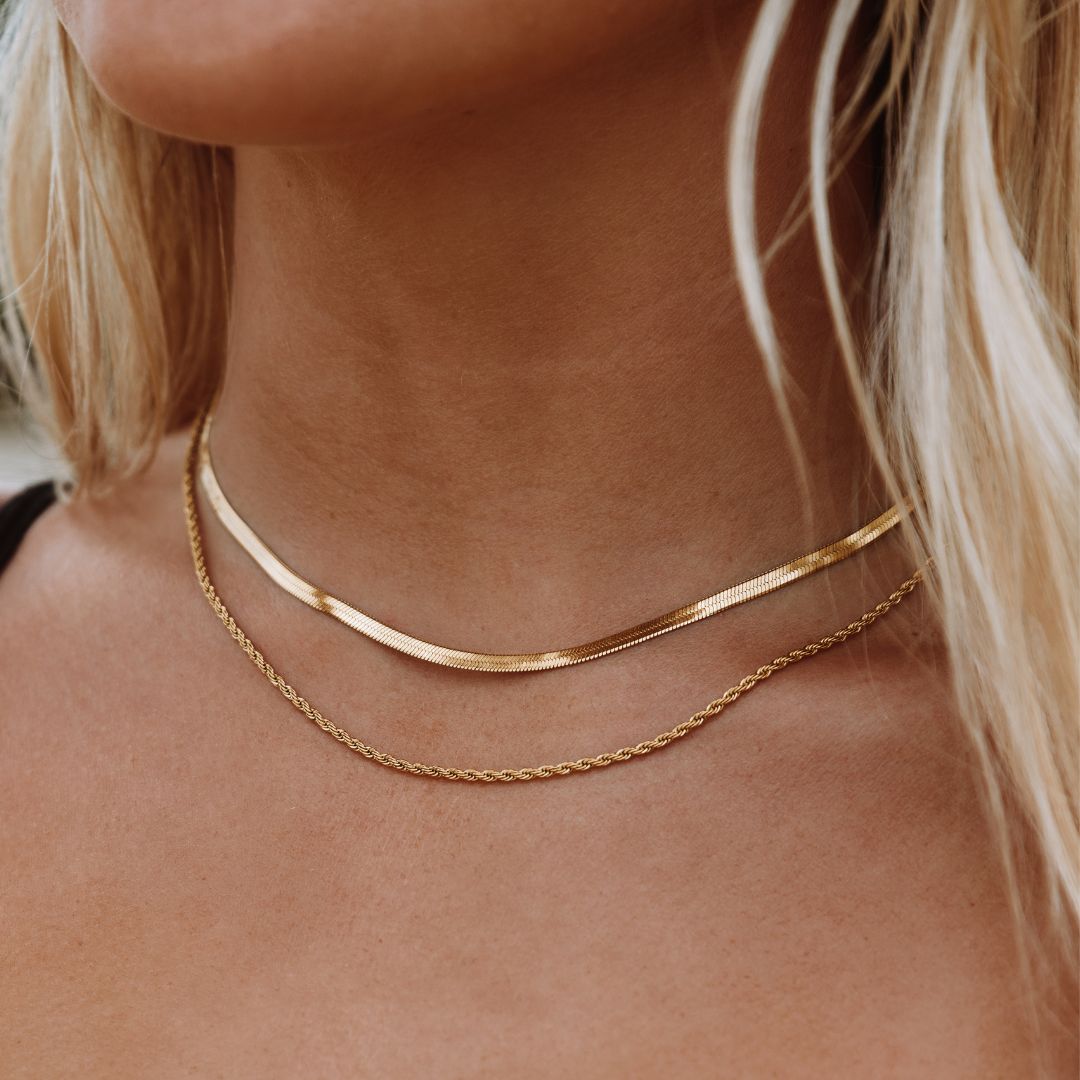
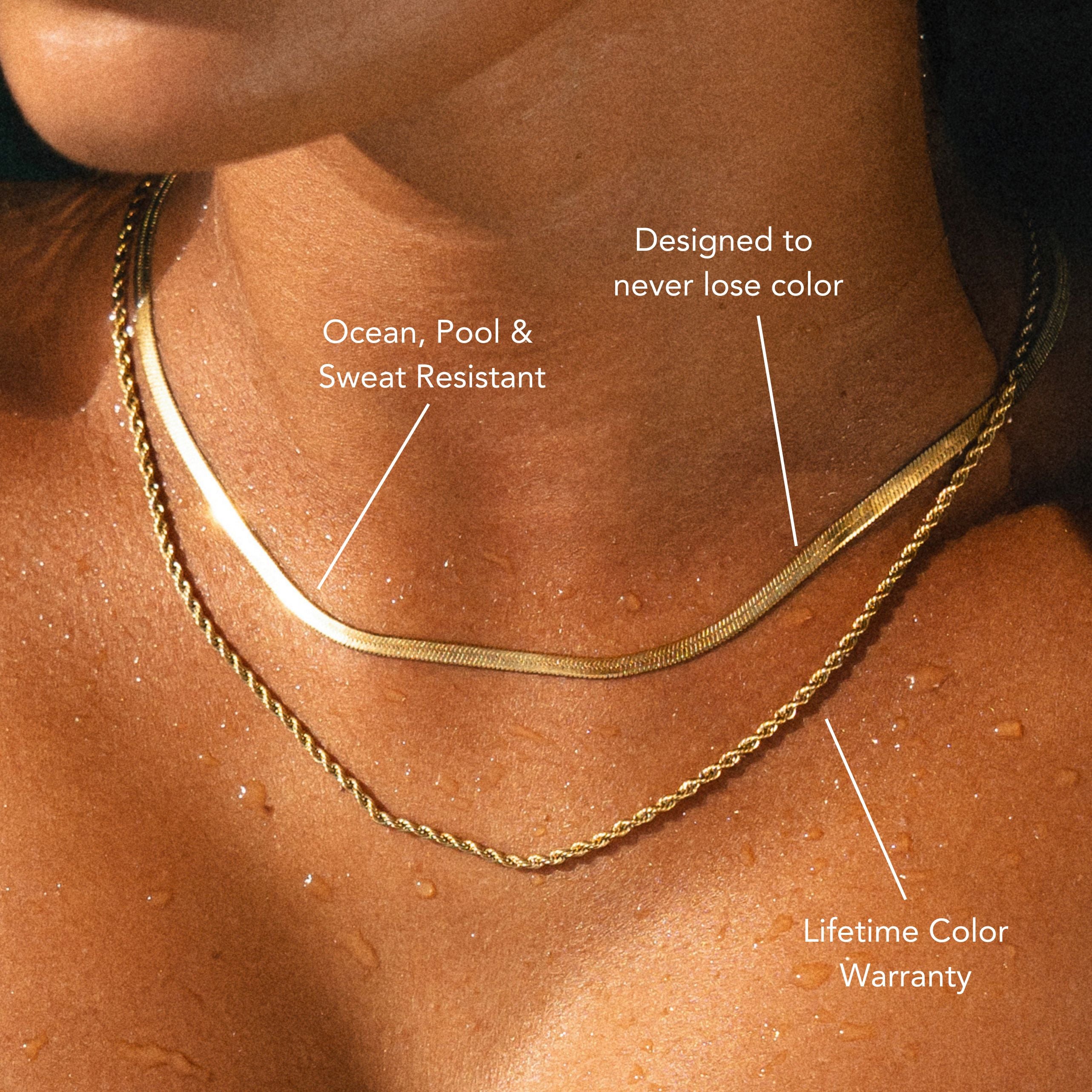
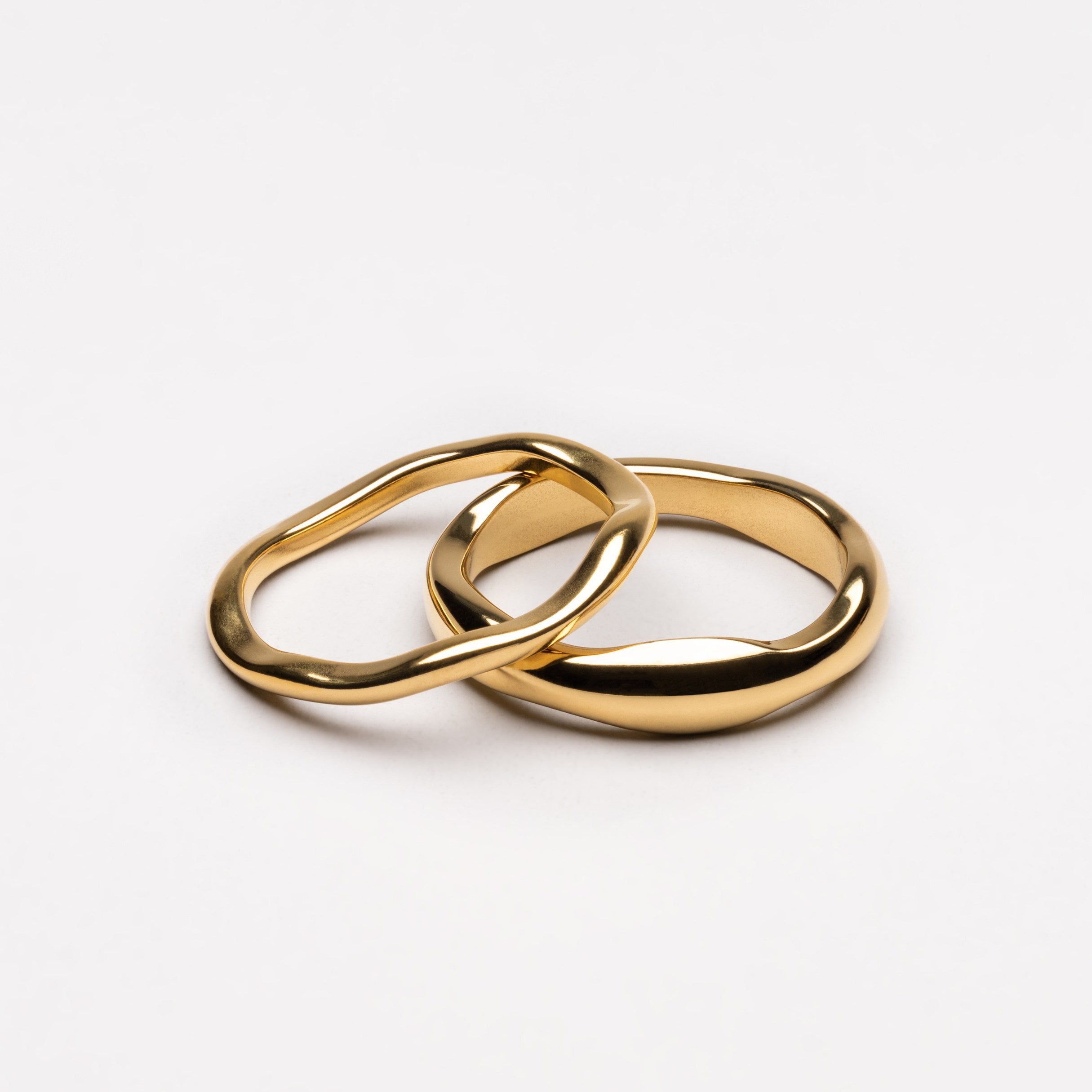
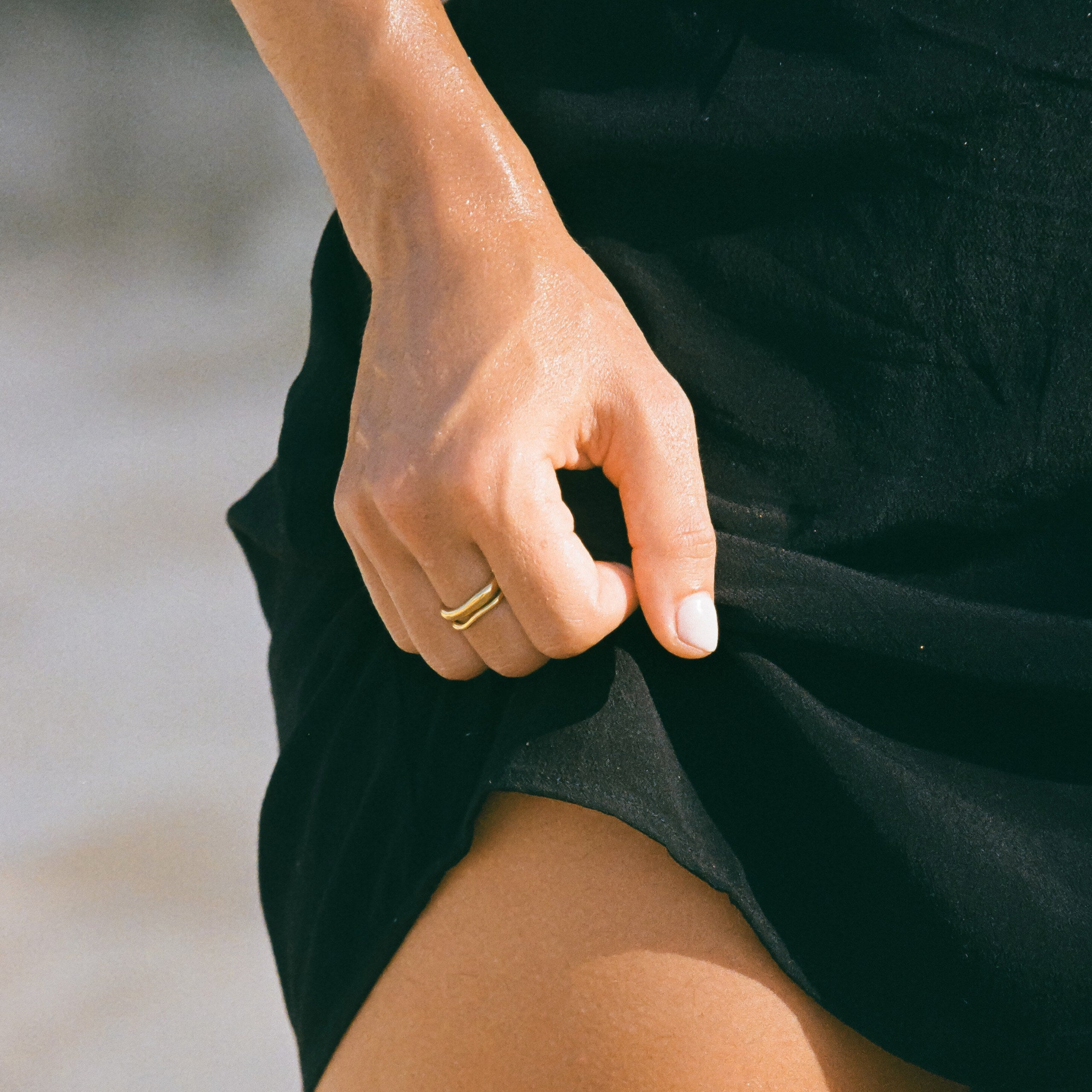
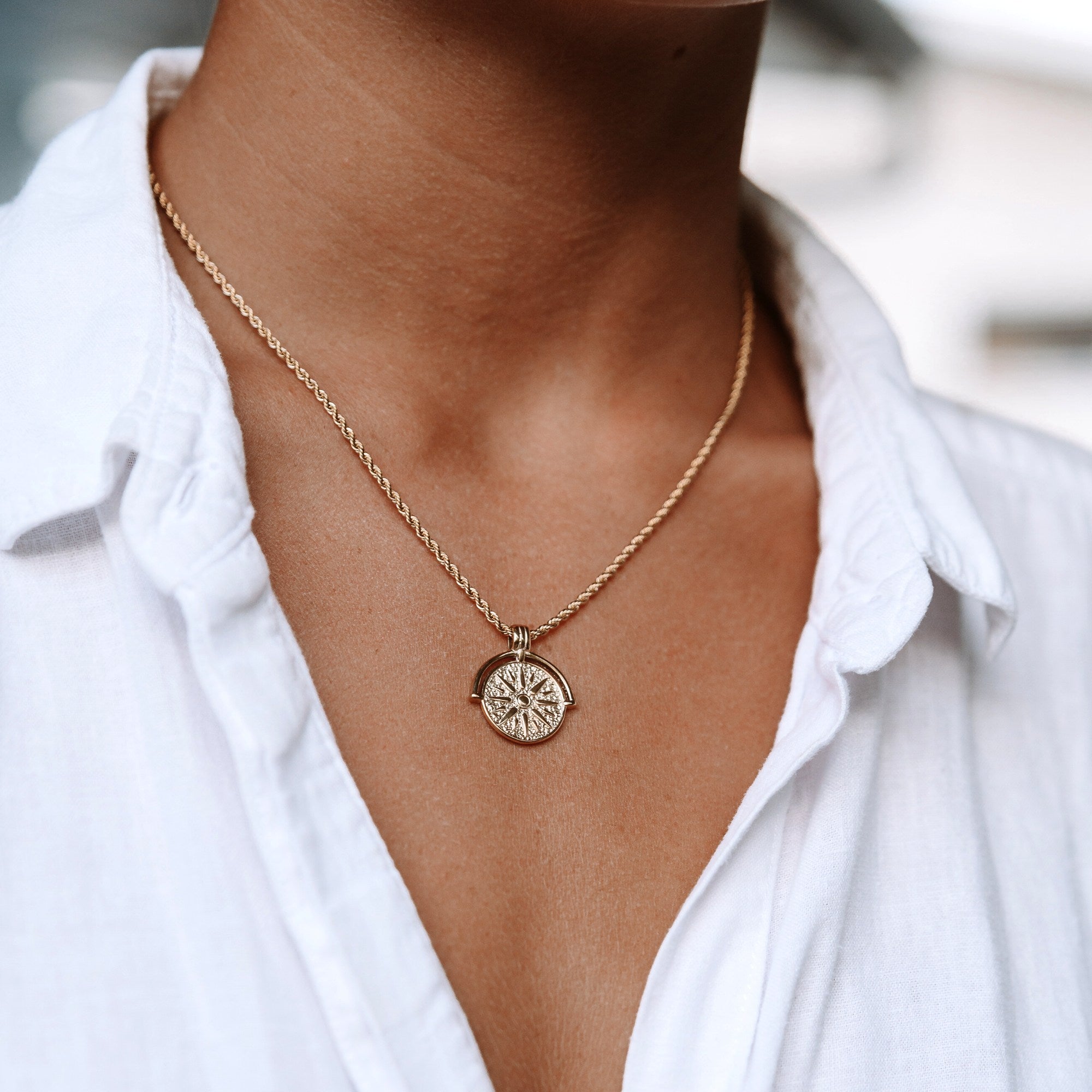
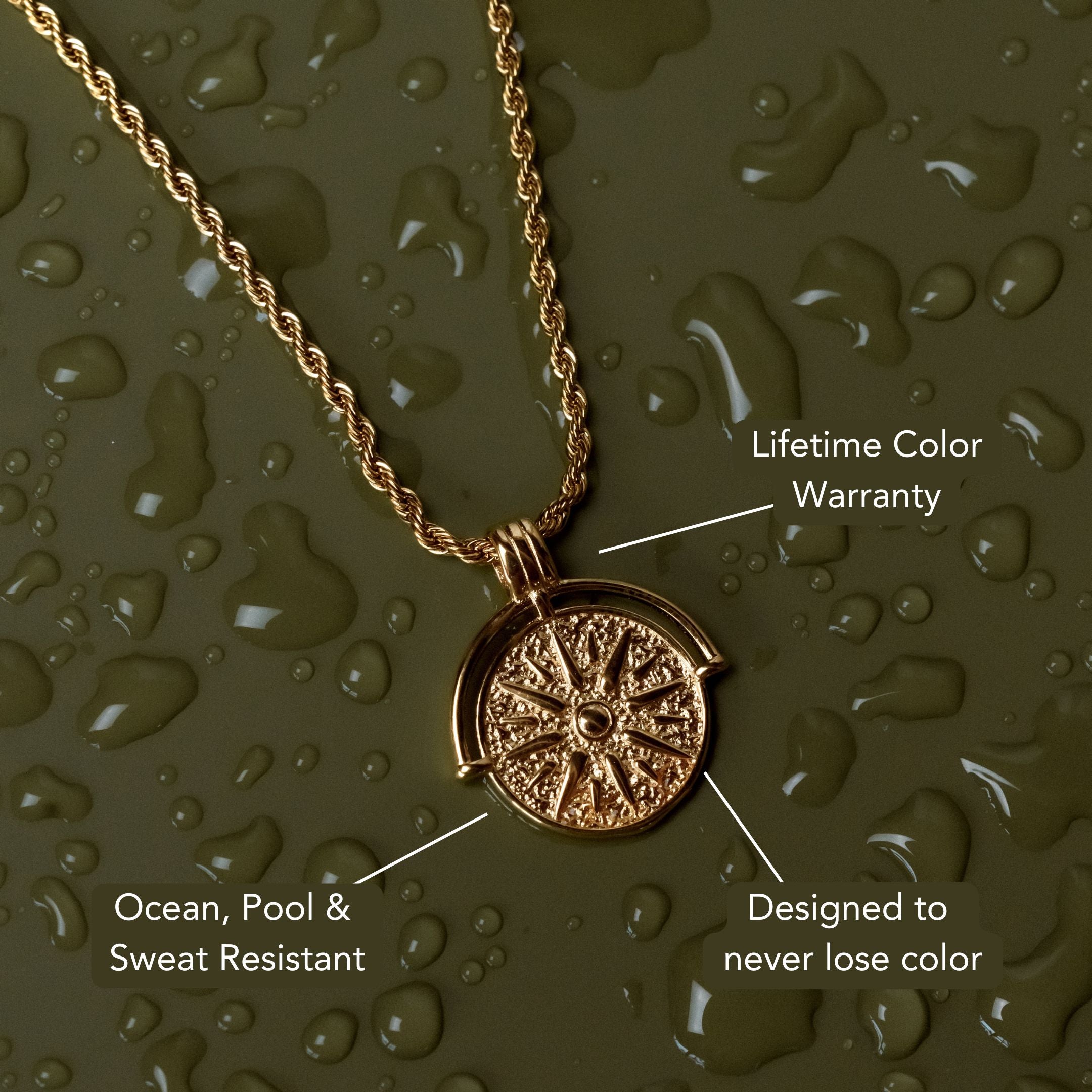
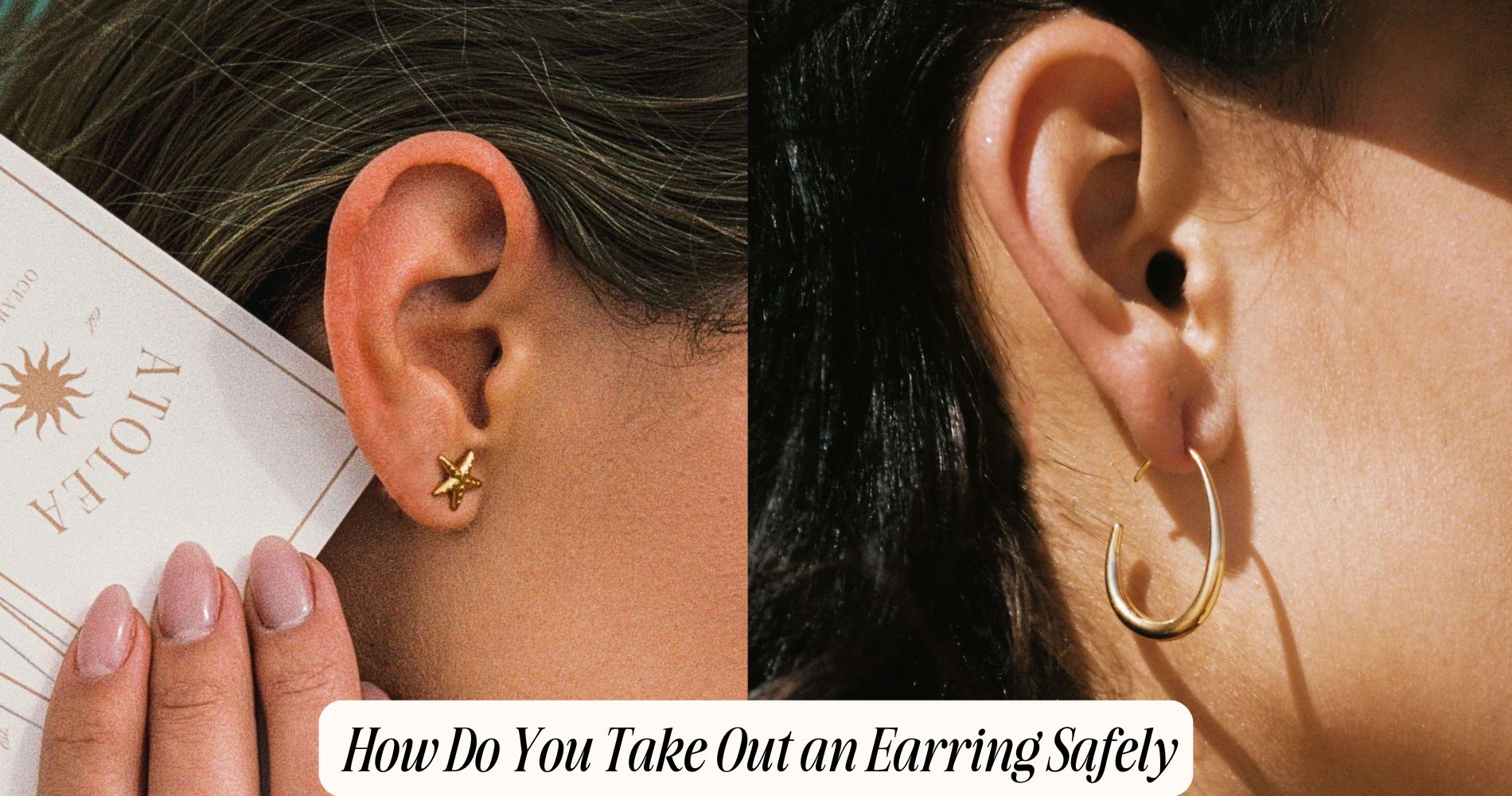
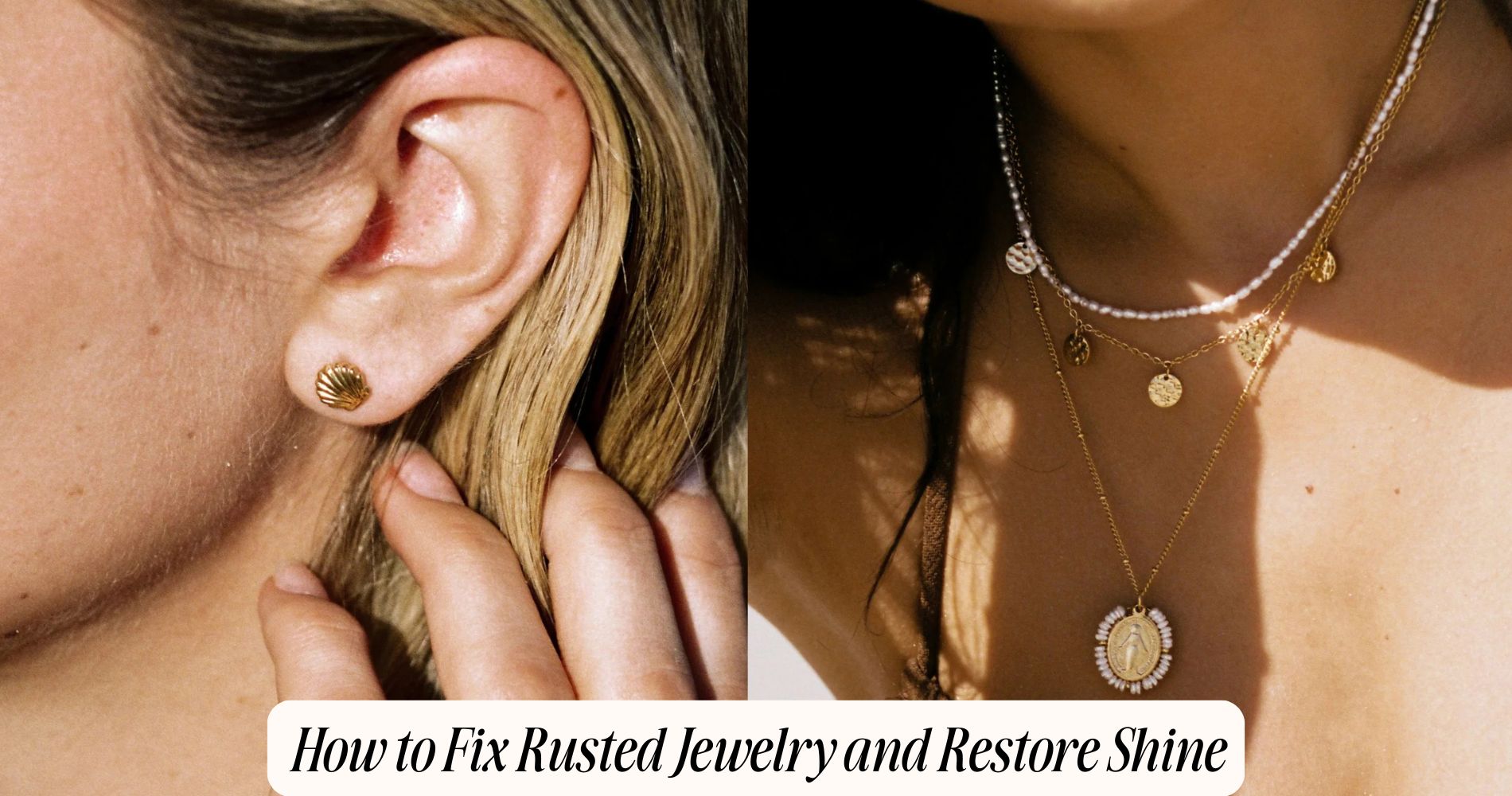




Leave a comment
This site is protected by hCaptcha and the hCaptcha Privacy Policy and Terms of Service apply.